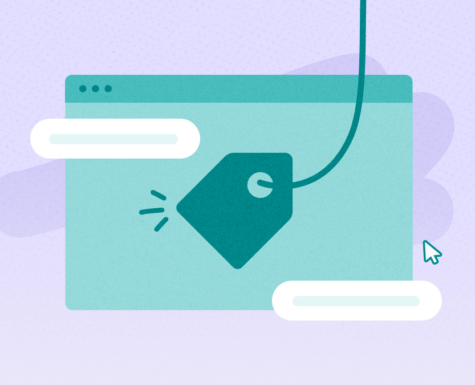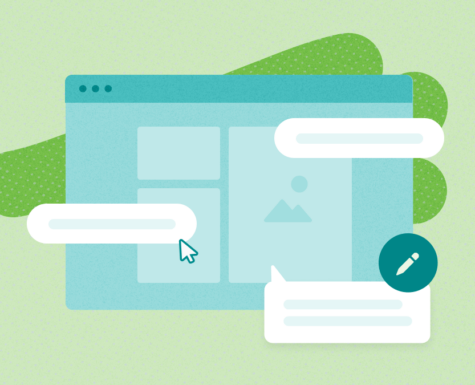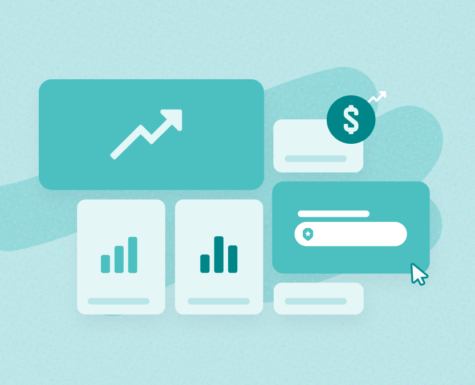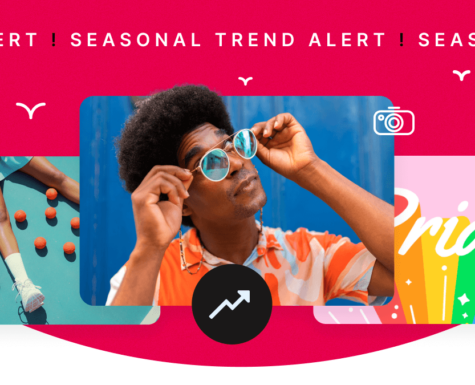Envato Reveals: Secrets of Elements Customers

Understanding your customers is key to any successful business, including being an Envato Author.
As an Elements Author, your customers are made up of hundreds of thousands of Elements customers (subscribers).
It’s a diverse group, but understanding the kinds of people it comprises—as well as your particular target audience—is a great way to start using customer insights to drive your content creation process.
By understanding who it is you’re targeting with your items, and what their goals are, you can:
- Ensure you’re creating content that matches what they’re looking for
- Use the right metadata (titles, tags, descriptions) to make sure they find it easily, and
- Predict trends and spikes in demand before it’s too late to capitalize on them.
So, where do you start? Well, you start the same way you do when you want to get to know anyone—by asking questions!
Read on as we reveal some key insights about Elements customers and show you how to ask the right questions to understand your audience better.
We’re going to start broad, by sharing the insights we have about Elements customers as a whole, and then work our way down the funnel until you can hopefully start to work out the characteristics of the particular customers who you’ll target.

Who are the Elements customers?
It should come as no surprise that most Elements subscribers work within the Creative and Design or Marketing and Communications industries. They’re creative professionals and they use Elements to help with their projects.
Three out of four Elements subscribers are creative professionals – the most common professions being graphic designers, videographers, and art/creative directors and marketers.
Elise Holland Research Manager, Envato
The majority of our customers are also their own boss. Almost half are freelancers and about 40% are business owners. We also have a smaller, but engaged, share of hobbyist and student creatives.
Elements subscribers also tend to be fairly young. The average age of a subscriber is 35 years old.
Finally, while we have customers from all over the world, the largest proportion of Elements subscribers are based in the USA, followed by Europe, Asia and Latin America. Asia and Latin America in particular, are attractive, fast growing markets for the creative industry. Take this into account when considering your users tastes and needs, from an aesthetic, or project point of view.
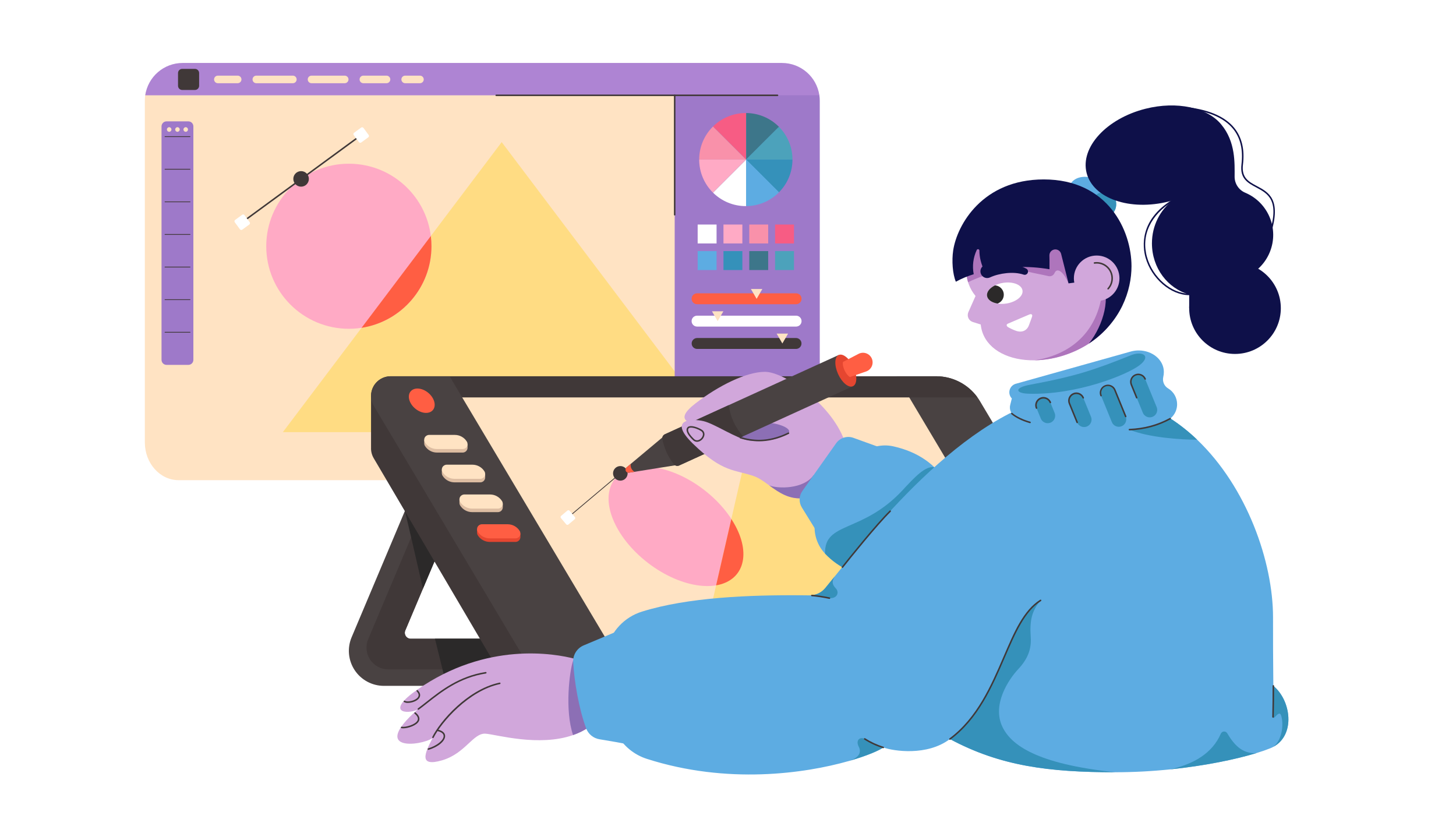
How do subscribers use Elements?
Many subscribers are using Elements for more than just their work.
Most subscribers use their Elements subscription for their freelance work, and many of our customers also use their subscription for a hobby or side interest too – so are using Elements for both their work and hobbies!
Of the hobbyist group, the majority also use Elements for another purpose such as freelance work, their business or their studies. Only a small percentage are pure hobbyists.
When it comes to tool usage for creative projects, we’ve found that Adobe Creative Cloud products such as Photoshop, Illustrator, After Effects and Premiere Pro are the most popular.
In fact, Adobe CC is almost universally used between freelancers, agencies and small to midsize businesses, and only slightly less used by hobbyists. Tools such as DaVinci Resolve are also commonly used by our video creator audience, while the Microsoft and Google suites are most widely used by communicators.
What kinds of assets do subscribers use?
Most subscribers license multiple asset types (sometimes up to 6 different types of assets) for their creative work.
They use these assets to create videos, social media posts, digital marketing materials (like emails, content marketing and social media marketing) logos and brand identity work and websites or website content.
In general, customers cannot live without the usual suspects: photos, graphic assets like vectors and icons, and stock videos. They also love Elements for its range of graphic and video templates for all their favorite tools.
In terms of primary asset types, however, it really depends on profession.
Marketers and communicators, for example, have more need for stock photos, presentation templates and web and code assets. Customers creating for social media, YouTube, podcasts or blogs may have different needs again depending on profession. Videographers are looking for stock videos, video templates, music and sound effects. A creative director, or graphic designers might rank graphics, fonts and graphic templates as their most important asset types.
In terms of breadth, a creative or art director requires the greatest number of different asset types in their creative work–as you might imagine. A hobbyist, on the other hand, requires less variation in the asset types they use.

Why do customers use Elements?
There are many great reasons to have an Elements subscription.
For the majority of our subscribers, access to high quality, professional assets is definitely one of the most important reasons. Customers also appreciate having ready-to-use customisable templates in one place.
The convenience and value provided by unlimited downloads along with the breadth of different assets and asset types, sums up the reasons creative professionals love Elements.
Keep these reasons in mind when creating items. Think about how you can help a creative professional save time on their projects, provide quality assets across different content types (if possible).
Who are your customers?
Now that we know the general picture of Elements customers, it’s time to try and understand a bit more detail about the kinds of people who will be licensing your items.
Have a look at your items that are performing well. Look at both the highest earning items and the items with the highest number of licenses.
Hint: you can find this information in your Author Dashboard at https://author.envato.com/reports/?tab=performance
Once you know which of your items are the most successful, try to work out if they have anything in common. Is there a particular theme or type of item of yours that performs well? If there is, try and brainstorm who the kinds of people who would want that item are.
Example questions to ask about your customers are:
- Who are they? They could be someone from a marketing agency, a freelancer, or a hobbyist.
- What do they need to succeed in their goals?
- What assets do they want and need?
- What are they creating with your assets?
- What tools are they using to help them in their work?
- How can your item help simplify their life?
Doing this will help you start to build a customer profile.

What is a customer profile and how should I use one?
A customer profile is a high level description of who your imagined customer would be. It’s not 100% aspirational, though. Make sure you’re incorporating the information that you’ve gleaned by looking at your item performance reports to understand what items of yours are doing well.
For example, your customer profile might be “Young freelance designers who mainly work in digital marketing for health and lifestyle companies”.
You can use your customer profile to help with additional research you can do to help understand the kind of items your customers might want.
This could include:
- Following people who match your customer profile on social media to see the kinds of things they like
- Staying across current trends in their industries
- Keeping an eye on seasonal events and significant days in the calendar related to your customers
- + more!
How do I set myself apart from the competition?
Having a solid understanding of who your customer is, and how they use and search for items on Elements, will give you an edge on your competitors.
Start with your customer profile and then think about how that customer searches for their items. Ask yourself all the right questions:
- What challenges does your customer face every day in their work life?
- How will your item help them?
- Are you creating items that appeal to a global audience and have you thought about creating more diverse content?
- What search terms might they use to try and find your item?
- Would you take a different approach in creating a graphic template for a marketer versus a creative director?

The main takeaway from this process should be that you start to create content with your customer in mind. This will hopefully help you to create content that is licensed more often and by more people, leading to stronger item performance and higher earnings.
For additional tips and tricks straight from Envato staff on how to succeed as an Author, check out our other Envato Reveals articles.
More Envato Reveals content






